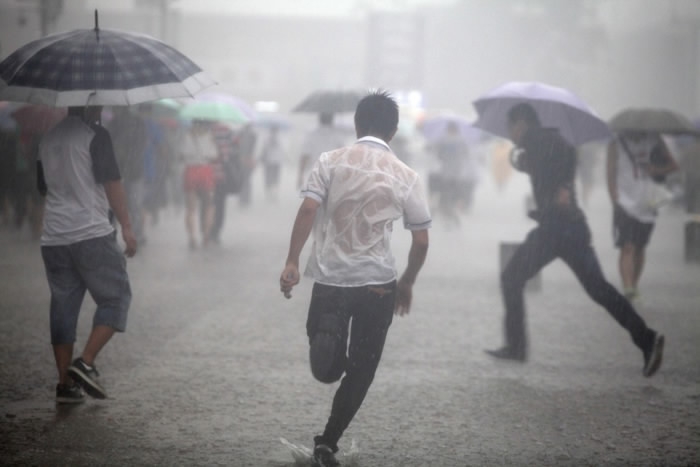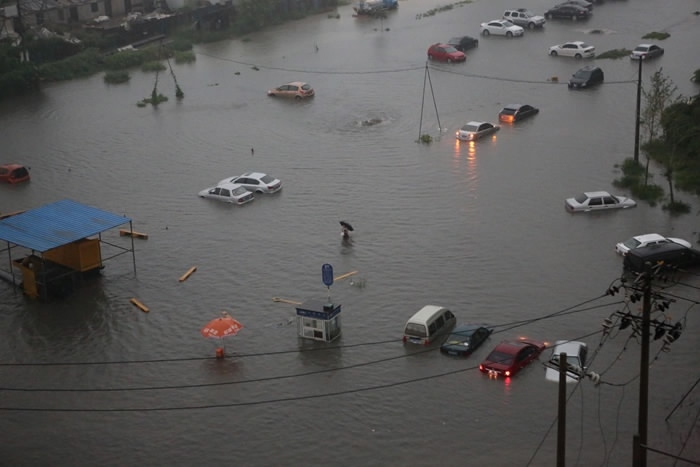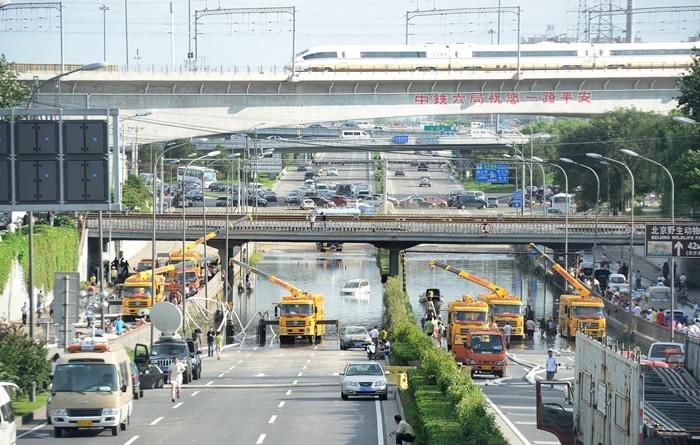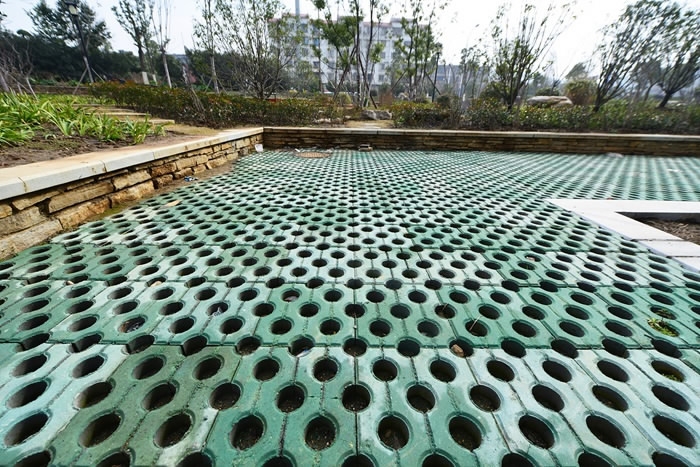Five years on: Legacies of Beijing's deadliest rainstorm

On July 21, 2012, the heaviest rain in six decades hit Beijing. With an average precipitation of 170 millimeters across the city and a record rainfall of 460 millimeters in the suburban district of Fangshan, the disaster killed 79 people in the Chinese capital, many of whom drowned in urban flooding. It caused economic losses estimated at 10 billion yuan (about 1.61 billion US dollars).
Over the past five years, Beijing has continued to experience torrential downpours during summer. From July 19 to 21 last year, a heavy rain lasted 40 hours across the city with more precipitation than the deadly thunderstorm in 2012.

The heaviest rain in six decades hits Beijing on July 21, 2012. /VCG Photo
From Thursday afternoon to the early hours of Friday, the latest rainstorm to hit Beijing this year brought an extreme hourly precipitation of 100.6 millimeters over the Guanting Reservoir in the city's northwest, surpassing the 100.3-millimeter extreme hourly precipitation during the heavy rain five years ago.
Fortunately, the disastrous consequences of the 2012 downpour did not repeat themselves, thanks to improvement in the city's rainstorm warning system, sewer system and capability to collect and reuse rainwater.

The heaviest rain in six decades hits Beijing on July 21, 2012. /VCG Photo
Timely warnings
The lessons of 2012 drove Beijing's authorities to improve the rainstorm warning system, sending residents social media alerts and text messages about possible heavy rains and storms as well as precautions. The authorities have also expanded monitoring areas of flooded roads to the city's suburbs.
China has a four-tier color-coded system for severe weather, with red being the most serious, followed by orange, yellow and blue. According to the Beijing Meteorological Service, a red rainstorm alert will be issued when the forecast or actual hourly precipitation reaches 100 millimeters or above, or the forecast or actual rainfall of six hours reaches 150 millimeters or above.
When a red rainstorm warning is issued, primary schools and high schools in Beijing must suspend their classes, while enterprises and public institutions are expected to adjust their work hours, according to a flood control emergency plan Beijing released in July 2014.

A rainstorm alert was canceled in Beijing with the end of a heavy rain, June 24, 2017. /VCG Photo
In recent years, residents in the Chinese capital have gotten used to receiving timely warnings of rainstorms in summer, but sometimes the warnings are a little ahead of schedule.
The authorities forecast a heavy rain during a day in late June, which did not come until that night. Many residents joked that the downpour was "late".
Drainage upgrading
Inadequate drainage networks were responsible for urban flooding in many Chinese cities, including Beijing.
According to a survey by the Ministry of Housing and Urban-Rural Development of China in 2011, the drainage system in more than 70 percent Chinese cities could only handle heavy rains with a recurrence interval of less than one year.

Workers drain away water in Beijing after a heavy rain on July 22, 2012. /VCG Photo
The country began to implement a Code for Design of Outdoor Wastewater Engineering in 2014, requiring the drainage system in the central urban area of mega cities like Beijing to be able to cope with the heaviest rain seen at least every three years.
The drainage network in some areas of Beijing has been upgraded in accordance with the new standard and the city's flood-resilience has been enhanced.
According to a timetable released by the government in October 2015, 20 percent of China's cities should have modern sewer and drainage systems by 2020, with the number rising to 80 percent by 2030.

Firefighters and volunteers rescue passengers trapped by deep flood waters in Beijing on July 21, 2012. /Xinhua Photo
'Sponge cities'
Meanwhile, many Chinese cities, including Beijing, are taking an efficient and sustainable approach to deal with heavy rains.
Facing the dual challenges of water scarcity and urban flooding, the country is building "sponge cities" to absorb excess water through upgraded sewer systems, filtration pools, wetlands, and permeable public spaces.
A dozen parks in Beijing are already utilizing new water infrastructure to soak up raindrops. Park staff use the stormwater collected to fill artificial lakes, flush toilets or irrigate lawns.
The program will not only enable Beijing to be more flood-resilient with facilities designed to act like "sponges", but also reuse rainwater to ease its thirst during a drought.

A "sponge city" project in Xiangyang, Hubei Province, central China. /VCG Photo
"It is unscientific to rely on drainage only to solve the problem of urban flooding," Liu Shukun, a senior engineer at the China Institute of Water Resources and Hydropower Research, told People's Daily last year. "Unable to permeate the hardened ground, water can only flow on its surface, resulting in urban flooding. If the water can permeate underground, it will not only ease the pressure on sewage channels, but also replenish ground water."
Under a guideline to promote building "sponge cities" issued by the State Council in October 2015, cities in China will collect and utilize 70 percent of the rainwater, with 20 percent of urban areas meeting the target by 2020, and the proportion will increase to 80 percent by 2030.
The rainstorm disaster in Beijing five years ago has left costly legacies to the city and beyond.
Related stories:
Torrential rain grounds hundreds of flights in Beijing
